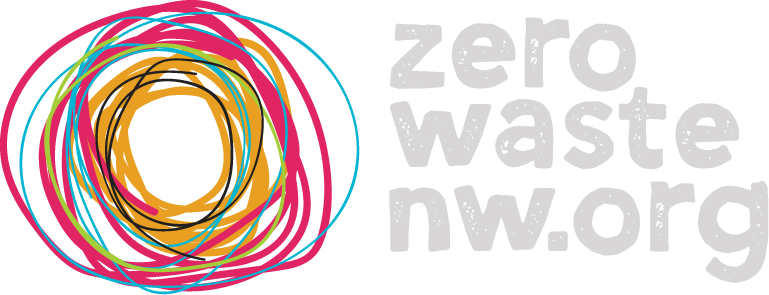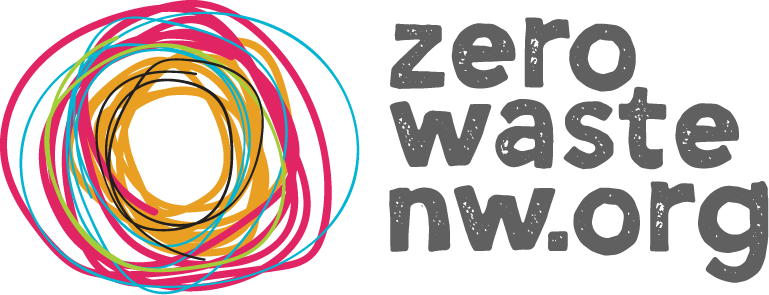Why Zero Waste?
Going Zero Waste emerges from the understanding that:
- We can’t recycle our way out of the global WASTE GENERATION CRISIS.
- Our linear economy that posits perpetual growth on this finite planet is no longer tenable.
- Its practice of TAKING from the earth, MAKING, USING, and DISCARDING billions of single use and poorly designed products is what is generating the crisis.
- The only authentic response is to transition from this waste-generating energy-squandering linear economy, to an energy efficient circular one.
- ‘WASTE’ is then reframed as LEAKAGE FROM THE CIRCLE.
- Society moves from the Waste Hierarchy which facilitates leakage through energy from waste (EfW) facilities (effectively INCINERATION) to a Zero Waste Hierarchy (ZWH) that excludes EfW.
- EfW only recovers a quarter of the embedded energy in the resources they destroy. This is vital feedback for where new industrial design, innovation or improvements in the efficiency of our collection systems is required (also see Industry below).
- Citizens work with local councils to increase the quality of the recyclate and shift their focus above recycling on the ZWH to
- REFLECTION (Do I need really need this? If so do I need to buy or can I borrow, hire, or wait and buy a better designed one that will last longer and can be repaired?)
- REUSE (Do I need to use disposable or is there a reusable option or system I can buy into? e.g. refillable coffee cup/water bottle)
- REPAIR (employing someone locally or bringing it to a repair cafe).
- Councils shift focus from the quantity of recycling to the quality of the recyclate (are/can these resources be fully recycled) and importantly to the Kg per person per year NOT BEING Reused, Repaired, Recycled or Composted, with targets to push it steadily down.
- Industry shifts it focus to REDESIGN. “If we can’t reuse it, repair it, recycle it or compost it, we shouldn’t be making it.”




